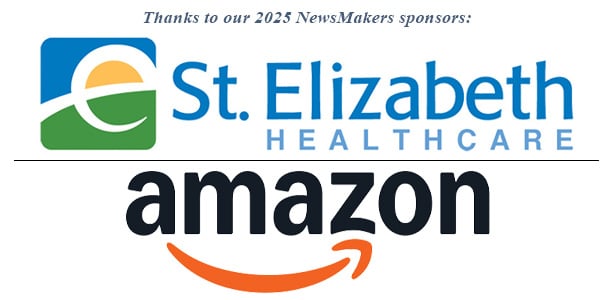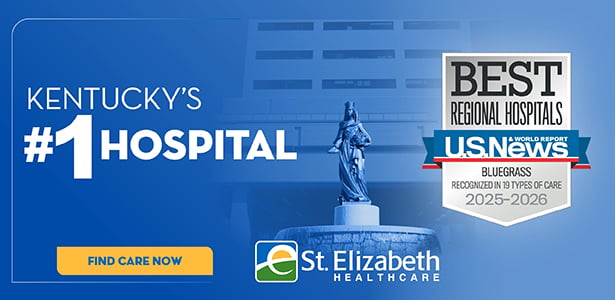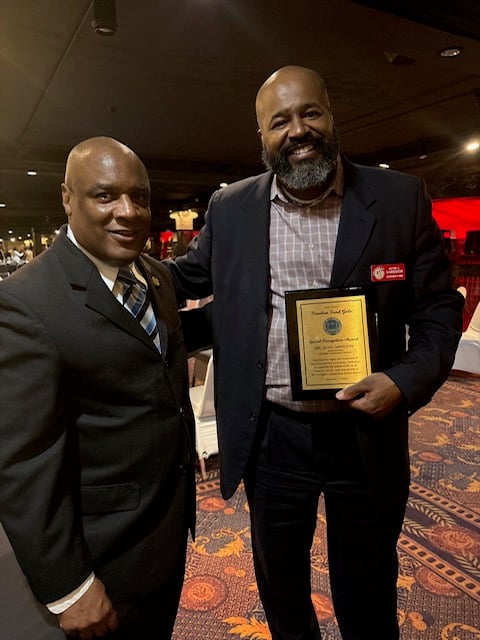By Donald Saelinger, MD
Special to the NKyTribune
The United States healthcare system faces numerous challenges that contribute to its designation as “broken.” Healthcare costs and quality are essential concerns for Americans. Why is it broken? Why does it cost so much? Who should pay for it? Why is the quality less than excellent? Who can fix it, how can it be fixed, and is it a political/government issue?
As a physician with 54 years of experience attending to patients in Internal Medicine and Gastroenterology and with a background in healthcare business and leadership, I will attempt to answer these critical questions and discuss potential solutions. The short answer is that outrageous prices, enormous profits, massive inefficiencies and waste, substantial administrative costs, inability to align incentives, and reluctance to change the business model from fee-for-service to a value-based system are the root causes of America’s healthcare cost/quality problem.

The United States has the most expensive healthcare system on the planet, but its outcomes and longevity are lower than those of other Western countries. In 2024, the United States spent $4.87 trillion on healthcare, or $14,570 per person. US healthcare spending represents 19% of the gross national product and is expected to reach 21% by 2030. The average health insurance premium for a family was $25,572 in 2024. The US Census Bureau noted that 20 million Americans had medical debt, and 3 million citizens owed more than $10,000. Not surprisingly, lower-income and rural Americans were more likely to carry a medical debt. Despite high spending, the US healthcare system substantially underperforms. The US healthcare system ranked last overall among 10 other high-income countries on key issues such as equity, access to care, and multiple outcome measures.
Reflecting on the past 54 years, I note that substantial advances have been made in diagnosing and treating many conditions. American health-care innovation has transformed many grave illnesses into manageable conditions; however, this innovative and technological transformation is costly, sometimes administered poorly, and unavailable to all citizens.
Greater Cincinnatians are fortunate to live amid multiple highly ranked health care institutions. The Christ Hospital has been named the top hospital in Cincinnati by U.S. News & World Report. St. Elizabeth Hospital in Northern Kentucky was recently ranked as the number one hospital in the state of Kentucky by US News. Cincinnati Children’s Hospital has regularly been ranked as one of the best children’s hospitals in the United States. Despite the highly ranked healthcare institution, the above-noted issues continue to exist.
Payment system complex
For patients, the complexity of the payment system is massive. I recently had a seven-day hospitalization for a heart condition. About a week after the hospitalization, EOB’s (explanation of benefits) began to arrive from our insurance company. I had 32 EOB’s and subsequently 32 bills for co-pays. Every aspirin, every venipuncture, and every doctor involved in my care had significant charges. I never encountered many of the physicians who had EOBs and bills (radiologist, pathologist, intensivists, anesthetist, etc). The bills ranged in value from $.75 to $250.The absence of transparency is alarming. It appears that hospital providers and physician groups aligned with the hospital have contractual arrangements with Medicare and insurance companies, so that what the insurance companies pay is a fraction of the charge. Somehow, they calculate what your co-pay represents.

In prior years, during my primary internal medicine practice days, when a patient was admitted to the hospital, the primary care physician would be the attending and manage their care. Currently, when a patient is hospitalized, they will see an unknown physician, called a hospitalist. These physicians do not know you, your history, or follow up with you after your discharge. It is true, however, that electronic medical records, implemented over the last 15 years, are now part of every physician and hospital practice, which makes patient history and problem lists available. Private practice primary care physicians are rare today, as hospital systems usually employ them. Hospital systems referred to themselves as integrated delivery systems; however, the financial elements of a patient’s care are indeed not integrated.
Some physicians, mostly subspecialists such as gastroenterologists, dermatologists, and dental care providers, have sold out to private equity companies. When investors purchase shares of private equity companies, their goal is to make money and not to provide good care to patients.
For years, policymakers, doctors, hospitals, and hospital systems have debated Certificate of Need (CON) laws. Some say that CON laws help control healthcare costs, prevent the duplication of services, improve access to care in underserved areas, and maintain quality standards. Others say that CON laws impair competition, encourage monopolies, and increase the cost of care. CON laws can stifle competition, limit innovation, and ultimately lead to higher healthcare costs. Currently, 35 states have CON laws, but that number is decreasing. Overall, proponents of abolishing CON laws believe that a more market-driven approach can lead to better outcomes, increased efficiency, and improved quality of care in the healthcare industry.
Solution: two-fold
The solution to our broken healthcare system is twofold. These solutions, however, are not supported by those entities that view healthcare as a profit center rather than a calling to help patients with their healthcare needs.

The payment system must move from a fee-for-service model to a value-based model. In the fee-for-service model, doctors and hospitals are incentivized to order numerous tests and procedures that generate revenue and often do not benefit the patient. In a value-based system, an integrated delivery system is paid a certain number of dollars for each patient in their system. The dollar value is based on a patient’s age, sex, and pre-existing conditions. This, in turn, alters the incentive from treating sick people to keeping them well.
The state and federal governments currently pay about 52% of Americans’ healthcare costs (Medicare, Medicaid, federal employees, and the military). Approximately 9% of the US population is uninsured. The resulting approximately 39% have insurance through their employer or by private pay. The move to a single-payer system is certainly controversial; however, it has worked well in Western European countries.
In conclusion, the solution to repairing our broken healthcare system is to move from a fee-for-service model to a value-based, capitated model and to evolve into a single-payer, government-run healthcare system.
Donald Saelinger, MD, has retired from his gastroenerology work and now does consulting and free clinic work. He is a distinguished physician, an internist, and gastroenterologist, who founded Patient First Physicians Group in NKY in 1976. He sold it to St. Elizabeth Healthcare in 2009. It became St Elizabeth Physicians and Dr. Saelinger became Sr. VP of St. Elizabeth Medical Center. He retired from St. Elizabeth in 2010. He is the oldest of ten children of William and Marcella Saelinger of Northern Kentucky.





















